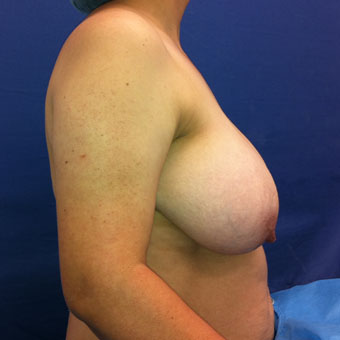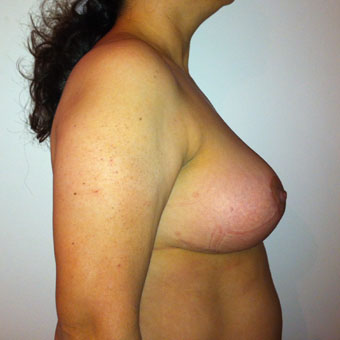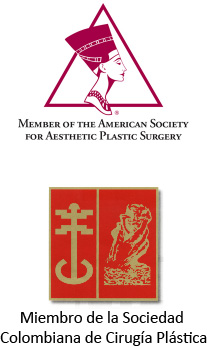What is a breast reduction?
A breast reduction is the procedure used to reduce the size of the breasts. Not only is the size of the breast reduced, we also lift the breast and make them perkier and more aesthetically pleasing. Most patients that come looking for a breast reduction present symptoms caused by the weight of their breasts; neck pain, back pain, shoulder pain, and skin irritation.
Am I a candidate for this procedure?
If you feel your breasts are very heavy and they are causing you health issues like neck pain, back pain and/or shoulder pain, a breast reduction is the procedure that can help you.
What do I need to know about this procedure?
A breast reduction is a 3 to 4 hour procedure. It is done under general anesthesia. Patients go home after the procedure. It is usually performed with a T scar. This T incision helps remove all the excess breast tissue and skin, and give the breast not only less weight, but also a nicer, perkier shape.
Even though it sounds contradictory, breast implants are sometimes used to give the breast a better shape. Obviously in theses cases the smaller implants available are used, and their function is not to give volume, but shape. They give the breasts a fuller upper pole and a nicer cleavage. In breasts that are extremely large, implants are not recommended since they can add complications to the surgery.
Are there risks involved?
Every patient that goes into an operating room for surgery needs to be aware that risks do exist. However, complications in this specific procedure are extremely rare. Dr. Mejia will go over all the possible risks of this procedure with you during the initial consultation. It is very important that you are honest with Dr. Mejia about your medical history and habits for things to go as smooth as possible.
There is a new disease called Implant Associated Lymphoma (ALCL) that patients must know about. It is extremely rare and mostly related to the use of textured implants. Dr. Mejia does not use textured implants. We use only smooth and micro-textured which greatly decreases the possibility of this disease.
What is the aftercare like?
What to expect after surgery (what´s normal): pain, one breast a little bigger or more painful than the other, high riding breasts, nipple deformity, swelling, bruising, small blood discharge from the wounds.
What is NOT normal after surgery and must notify Dr. Mejia immediately:
- Severe pain that doesn’t respond to the meds (specially severe pain in one breast more than the other).
- One breast MUCH bigger and more painful than the other.
- One nipple darker than the other, or both nipples darker than usual.
- Fever or signs of infection.
You can take a shower the day after surgery. The tapes can get wet. You can dry them after the shower with the hair dryer on COLD. Don’t take any tapes off. The doctor will change them during the visits. The post-op bra should be worn for 1 month after surgery. Only take it off for showering. Post-op nausea is normal. Cold compresses can be applied over the top of the breasts for 3 days to help with the swelling.
Your body will tell you what you CAN and CANNOT do after surgery. If it hurts, don’t do it. If it doesn’t hurt, you may do it with caution. However, these are some general recommendations:
- No driving for a week.
- No lifting heavy objects or going to the gym for a mont.
- No sexual activity for 3-4 weeks.
- Avoid sleeping face down until all the discomfort disappears (3-6 months).
The final shape and size of the breasts is seen when the swelling goes down. This is about 3 months after surgery. It is completely normal to feel the following things during the recovery process (3-6 months): persistent pain, the feeling that there is something inside your breasts (air or fluid), a stabbing sensation, a shocking sensation.
Wound dehiscence is very common in breast lifts or breast reductions. Surgical closure is rarely ever needed. The wound closes on its own with daily applications of antibiotic ointment. This can take 3-4 weeks.
How much downtime is there?
Patients can usually return to their regular routine after 7 days. No strenuous activity or exercise for 1 month.










